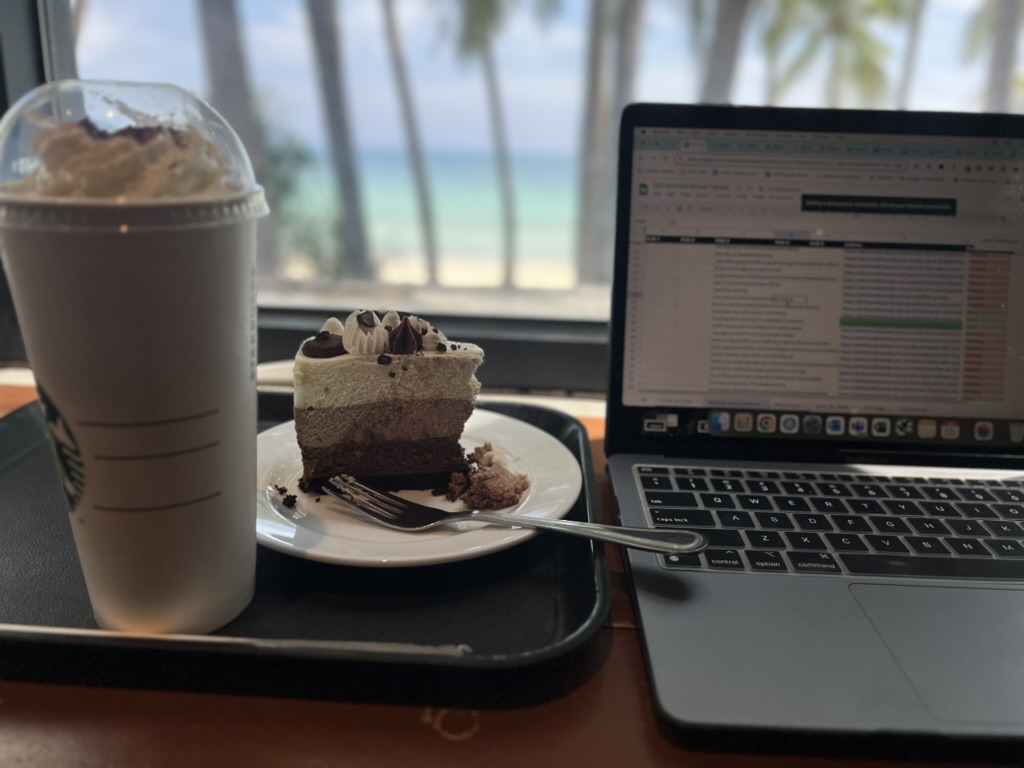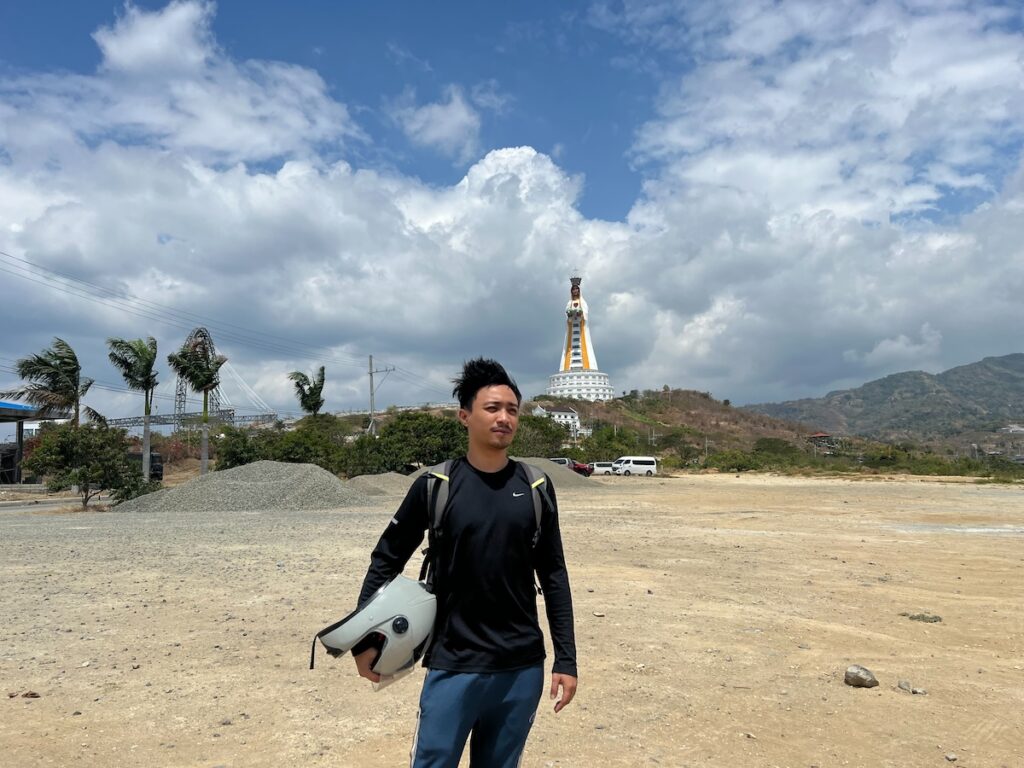Traveling is a profound way to broaden your horizons, learn about new cultures, and create unforgettable memories. However, many believe that travel requires deep pockets and elaborate planning. That’s where DIY (Do-It-Yourself) travel comes in, breaking the myth that travel needs to be expensive or complex. With a bit of creativity, research, and flexibility, anyone can embark on their own travel adventures without breaking the bank. This guide aims to help you navigate the world of DIY travel, offering tips and insights drawn from my own experiences exploring the beautiful and diverse landscapes of the Philippines.
1. Research and Planning
A. Choose Your Destination: Begin by selecting a destination that piques your interest. Consider factors like weather, safety, cultural interests, and budget. For instance, if you’re interested in tropical paradises, the Philippines offers stunning islands like Palawan and Boracay, which are not only beautiful but also affordable for travelers.
B. Gather Information: Once you have a destination in mind, gather as much information as possible. Read travel blogs, watch vlogs, and join travel forums. Websites like TripAdvisor and Lonely Planet provide valuable insights from fellow travelers. Pay attention to local customs, best times to visit, and must-see attractions.
C. Create a Flexible Itinerary: Draft an itinerary that covers your primary interests but remains flexible. Over-planning can lead to stress and limit spontaneous adventures. Instead, list key activities and places you want to visit, allowing room for changes based on new discoveries or recommendations from locals.
2. Budgeting Your Trip

A. Determine Your Budget: Outline your budget, including transportation, accommodation, food, activities, and a contingency fund. DIY travel often means managing your finances closely to maximize your experience without overspending. You may use this travel expense tracker and budget planner on your next trip.
B. Save on Flights: Look for budget airlines, use flight comparison websites like Skyscanner or Google Flights, and be flexible with your travel dates to find the best deals. Consider booking flights during sales or using travel reward points.
C. Affordable Accommodations: Accommodation is a significant part of your budget. Opt for hostels, guesthouses, or Airbnb options rather than expensive hotels. Websites like Booking.com and Hostelworld offer a range of budget-friendly choices. For a unique experience, consider staying with locals through platforms like Couchsurfing.
3. Packing Essentials
A. Pack Light: Traveling light makes moving around easier and often saves on baggage fees. Stick to the essentials: versatile clothing, toiletries, a first-aid kit, important documents, and electronics. Remember to pack according to the climate of your destination.
B. Travel Gear: Invest in quality travel gear such as a durable backpack, comfortable walking shoes, a reusable water bottle, and a portable charger. These items can make your journey more comfortable and hassle-free.
4. Navigating Transportation
A. Local Transport: Research local transportation options like buses, trains, ferries, and jeepneys (in the Philippines). Public transport is usually cheaper and gives you a closer look at local life. Apps like Google Maps and Rome2Rio can help you navigate and plan your routes.
B. Renting Vehicles: For more freedom, consider renting a car, scooter, or bike. In places like the Philippines, renting a scooter can be a cost-effective and fun way to explore. Ensure you have the necessary permits and insurance.
5. Eating on a Budget
A. Local Cuisine: Eating like a local not only saves money but also enriches your travel experience. Street food and local markets offer delicious and affordable meals. In the Philippines, try dishes like adobo, sinigang, and lechon from local eateries.
B. Cooking Your Own Meals: If you have access to a kitchen, consider cooking some of your own meals. This can be a fun way to try local ingredients and save money. Visit local markets to buy fresh produce and supplies.
6. Making the Most of Your Experience
A. Engage with Locals: Interacting with locals can provide you with unique insights and experiences that you won’t find in guidebooks. Learn a few phrases in the local language, be respectful of customs, and be open to new friendships.
B. Explore Off the Beaten Path: While famous tourist spots are popular for a reason, don’t hesitate to explore lesser-known areas. These places often offer more authentic experiences and are less crowded. Ask locals for recommendations on hidden gems.
C. Capture Memories: Document your journey through photos, videos, or a travel journal. This not only helps you remember your adventures but also allows you to share your experiences with others.
7. Staying Safe and Healthy
A. Travel Insurance: Invest in good travel insurance that covers medical emergencies, trip cancellations, and lost belongings. It’s better to be safe than sorry, especially when traveling to unfamiliar places.
B. Health Precautions: Stay informed about any health advisories for your destination. Carry necessary medications, stay hydrated, and protect yourself from extreme weather conditions. In tropical destinations like the Philippines, use sunscreen and insect repellent.
8. Sustainable Travel

A. Respect the Environment: Practice responsible tourism by minimizing your environmental impact. Avoid single-use plastics, support eco-friendly businesses, and leave no trace of your visit.
B. Support Local Economies: Choose locally-owned accommodations, eateries, and tour operators. This helps boost the local economy and ensures that your travel benefits the community.
9. Solo Travel Tips
A. Safety First: If you’re traveling solo, prioritize your safety. Share your itinerary with someone you trust, stay in well-reviewed accommodations, and be cautious when meeting new people.
B. Embrace Solitude: Solo travel offers a unique opportunity for self-discovery. Embrace the freedom and flexibility it provides. Take time to reflect, pursue personal interests, and enjoy your own company.
Conclusion
DIY travel empowers you to take control of your adventures, offering a more personalized and immersive experience. By planning carefully, budgeting wisely, and staying open to new experiences, you can create unforgettable travel memories without relying on expensive tour packages. Remember, the world is yours to explore, so pack your bags, set out on your journey, and discover the joys of DIY travel.
Whether you’re hiking through the lush landscapes of the Philippines, exploring historic cities, or lounging on pristine beaches, DIY travel allows you to experience the world on your terms. Happy travels!






2 thoughts on “DIY Travel Guide: Explore the World on Your Own Terms”
Pingback: Travel and Finance: A Guide to Balancing Wanderlust and Wallet - Dylan Albano
Pingback: Simple Camping Guide: Essential Gear and Tips for a Perfect Trip